1. American Elder
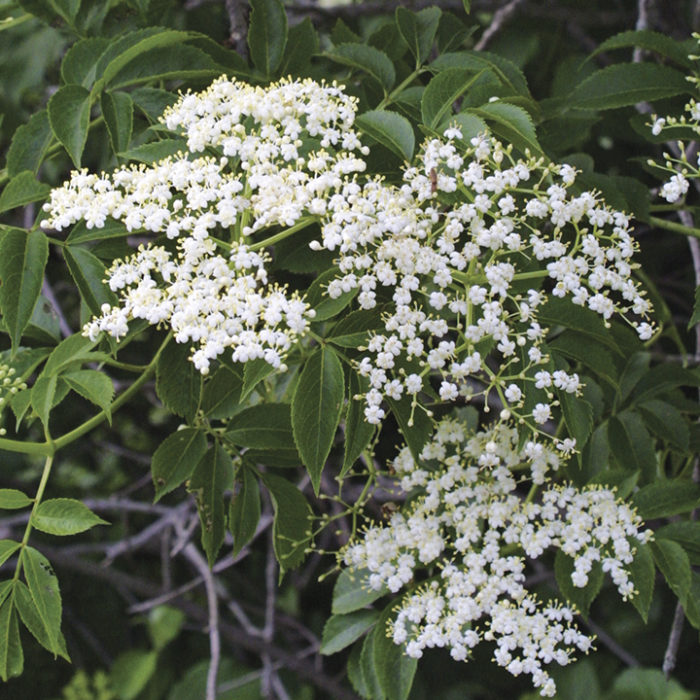
Name: Sambucus canadensis
USDA Hardiness Zones: 3 to 9
Size: 5 to 12 feet tall and wide
Conditions: Full sun to partial shade; prefers rich, damp soil
In late spring, the dangling white flower umbels of our native elder attract pollinators and help us locate where berries can be found later in the season. In late summer, large clusters of attractive deep purple berries weigh heavily on the ends of branches, which dip and sway as birds compete with us to enjoy the blackberry-wine-like flavor of the ripe berries. Elderberries also make great jellies, preserves, pies, and one of my favorite winter cordials when infused in vodka or brandy. If you need a plant that will create a backdrop, elder spreads by root suckers (and via well-fed birds) to form colonies where space allows.
2. ‘Weston’s Sparkler’ Summer Azalea
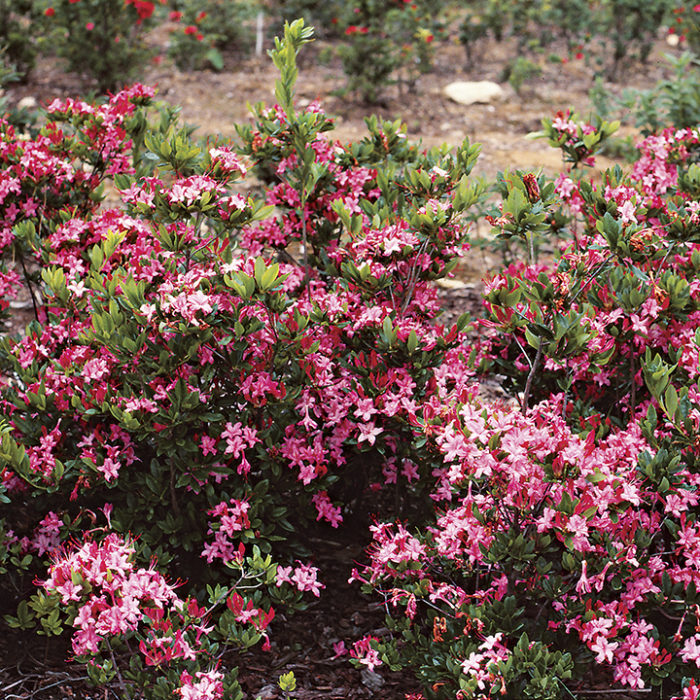
Name: Rhododendron ‘Weston’s Sparkler’
Zones: 4 to 9
Size: 3 to 6 feet tall and wide
Conditions: Full sun to partial shade; moist, acidic, well-drained soil
When our North American native swamp azalea was cultivated and rebranded as a summer azalea, it came out bedecked for the occasion. I consider ‘Weston’s Sparkler’ among the best of the late-season bloomers. Its parentage is native to the eastern United States, it has distinctive color, and it blooms at a time when most woody shrubs have already finished. The ruffled dark pink flowers have a spicy, chocolatelike fragrance. It blooms over a period of several weeks in July, attracting hummingbirds, butterflies, and other pollinators. Its attractive, mildew-resistant foliage has silvery undersides that become burgundy-red in fall. This upright, deciduous rhododendron will slowly naturalize by root suckers, if allowed.
3. Sassafras
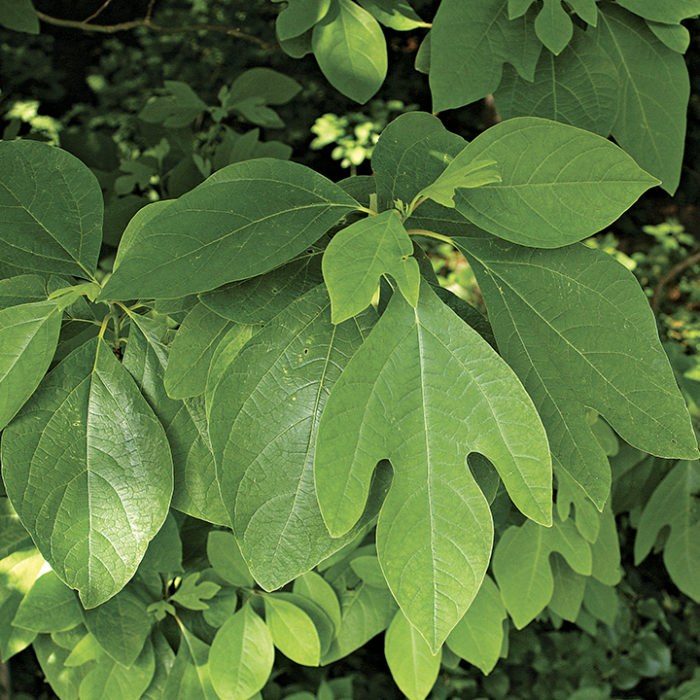
Name: Sassafras albidum
Zones: 4 to 9
Size: 30 to 60 feet tall, 15 to 40 feet wide, tending to colonize in thickets
Conditions: Full sun to partial shade; well-drained soil
Most of us learned to identify the distinctive leaves of sassafras during childhood. They come in three shapes: ovate, mitten-shaped, and three-lobed. While a mature sassafras can have an impressive single trunk, gardeners who want a dense colony to fill the landscape can allow root suckers to grow, and the tree will spread to appear like a large, multistemmed shrub. Its humble but fragrant chartreuse flowers appear in clusters in spring. If pollinated, they form blue drupes atop scarlet cuplike receptacles. Sassafras is deer and drought tolerant, with beautiful fall foliage in shades of apricot, yellow, red, and purple.
4. Jerusalem Artichoke
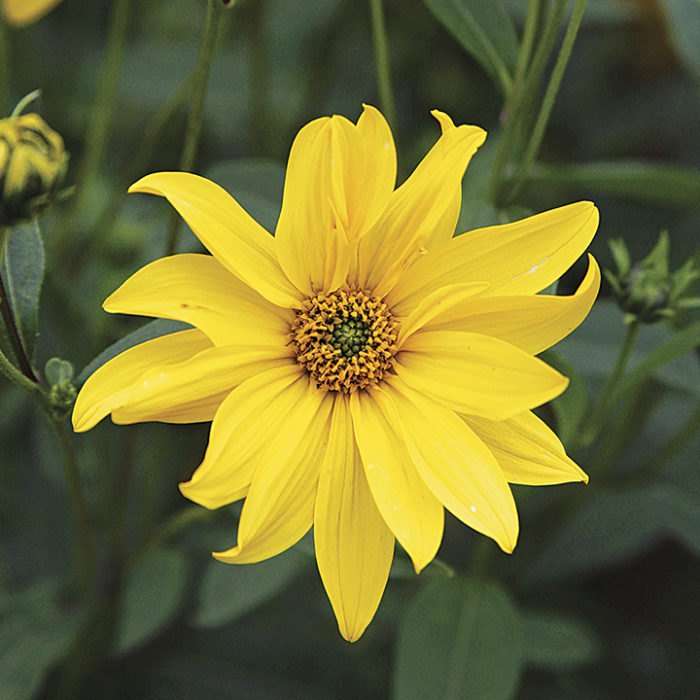
Name: Helianthus tuberosus
Zones: 3 to 9
Size: 4 to 10 feet tall, with an unlimited capacity to spread
Conditions: Full sun to partial shade; well adapted to most soils
When we seek fast fillers, I can think of no other native plant that can fill out a landscape as quickly as Jerusalem artichoke. This perennial edible root tuber is deer resistant and a boon to songbirds, bees, and butterflies. The cheerful yellow flowers grow quite tall and are best suited to naturalized areas along the edges of fields or fence lines, where they will not overtake daintier garden favorites. If you worry about this plant taking over your yard, contain it in a pot or raised bed. Jerusalem artichoke should be planted beyond the range of irrigation or mulched with pine needles to inhibit powdery mildew.
John Forti is director of horticulture at the Massachusetts Horticultural Society’s Gardens at Elm Bank in Wellesley, Massachusetts.
Photos: (1), Steve Aitken; (2), courtesy of Spring Meadow Nursery; (3), Michelle Gervais; (4), Dave Bevan/gapphotos.com







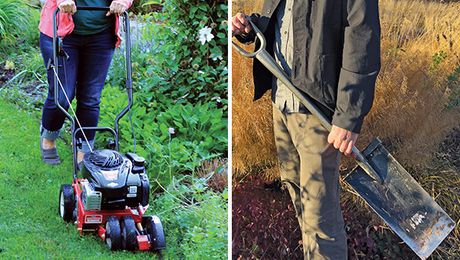










Comments
Log in or create an account to post a comment.
Sign up Log in